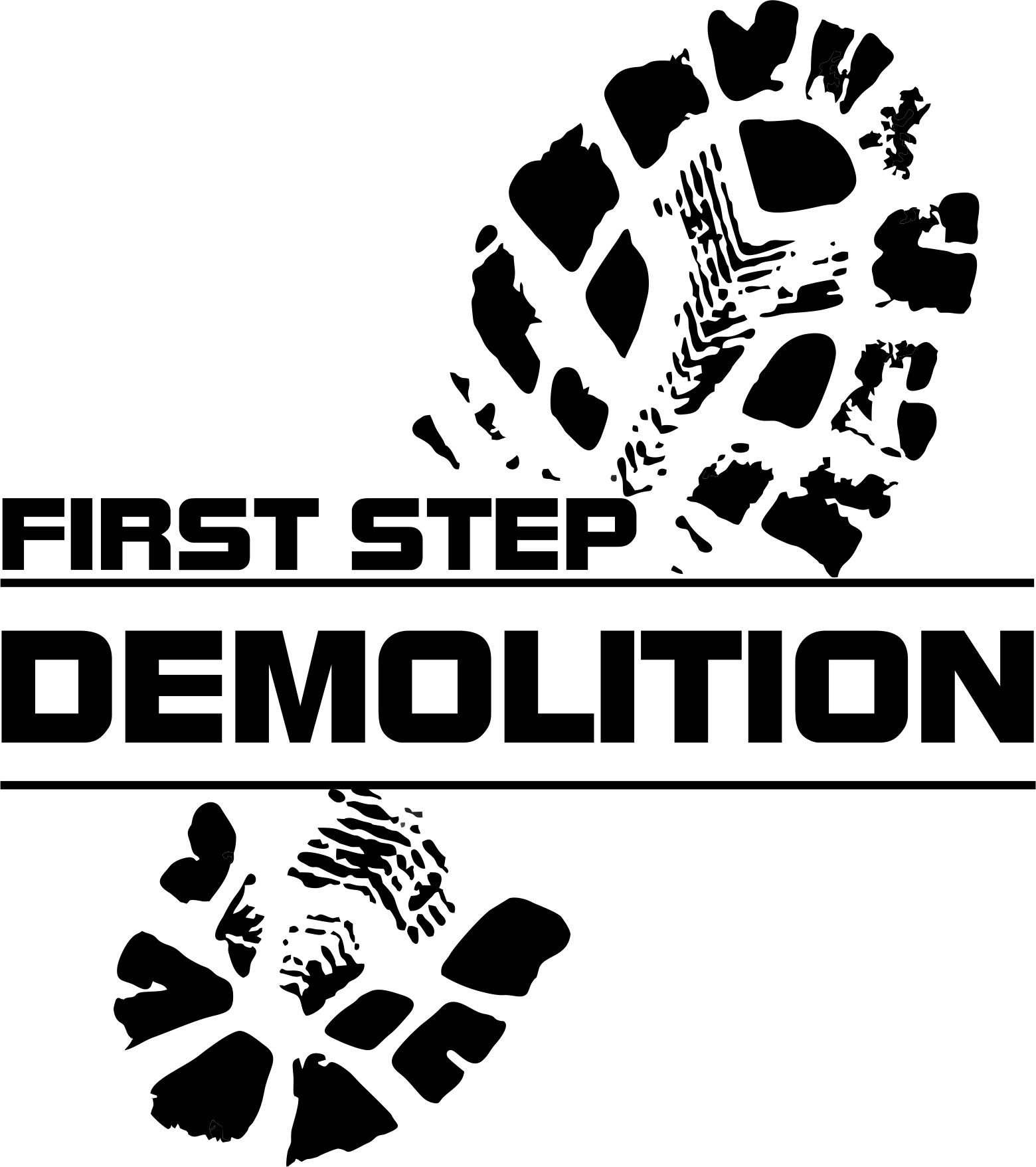The Dangers of Asbestos Exposure
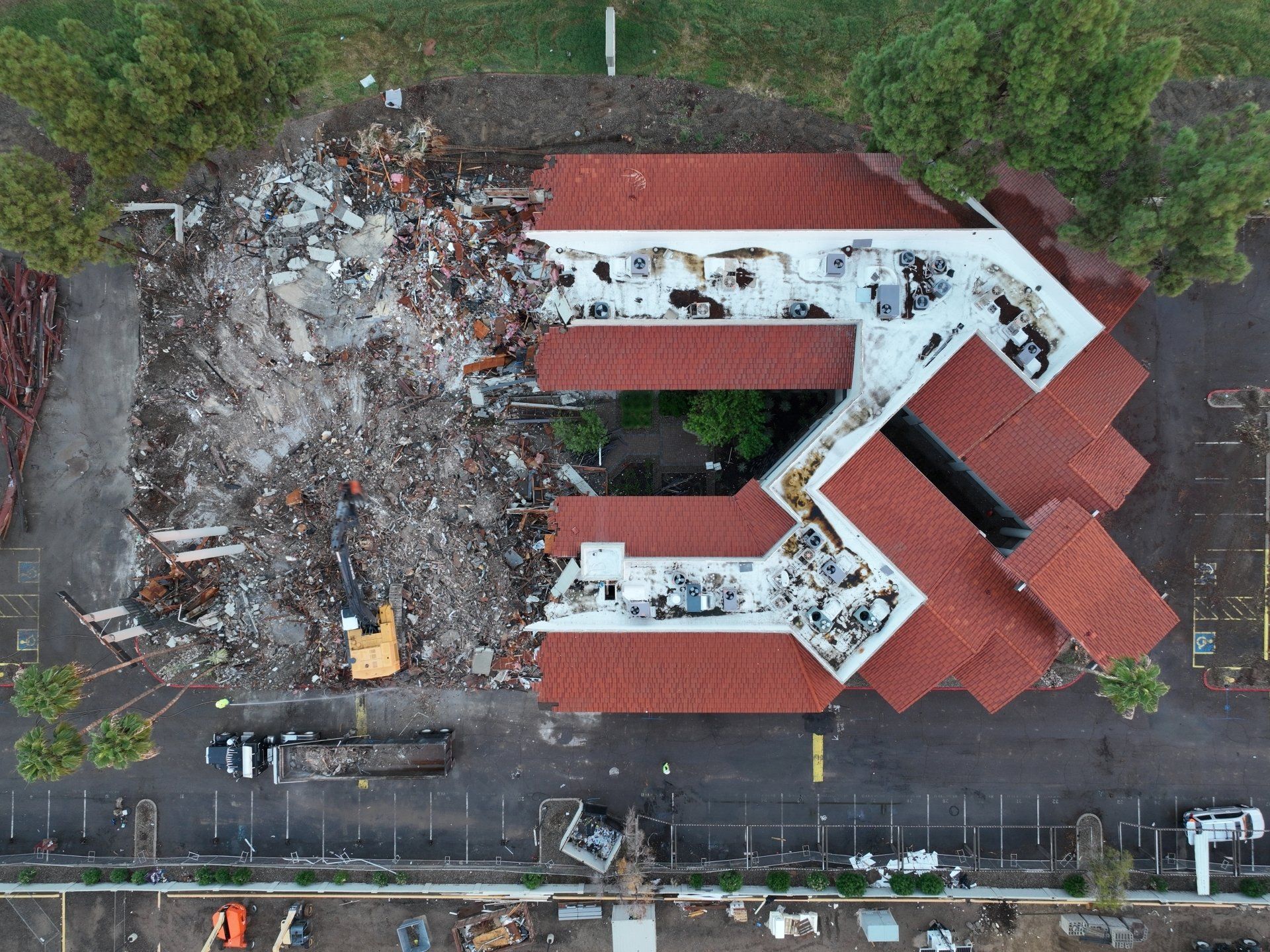
The Dangers of Asbestos Exposure
Did you know that asbestos exposure is a serious health hazard? If you're not sure what asbestos is, it's a mineral that was once used in many building materials because it is fire-resistant. Unfortunately, it can also cause severe health problems if it is disturbed and the fibers become airborne. Asbestos exposure has been linked to a number of serious illnesses, including mesothelioma, so it's important to take steps to protect yourself and your family from potential exposure.
One of the most important aspects of demolition is proper Asbestos exposure prevention. Asbestos is a carcinogen that can cause serious health problems, including lung cancer. Asbestos exposure can occur when asbestos fibers are released into the air and breathed in. When demolishing a building, it is essential to take steps to prevent Asbestos exposure, such as using personal protective equipment and wetting down debris to prevent Asbestos fibers from becoming airborne. Demolition workers should also be trained in Asbestos abatement and have regular medical check-ups to ensure they are not suffering from any health effects related to Asbestos exposure.
Learning More About the Danger of Asbestos Exposure
What is asbestos and where is it found?
Asbestos is a naturally occurring mineral that is composed of tiny fibers. It was once used extensively in a variety of applications, including insulation and fireproofing. Asbestos exposure can occur when these materials are disturbed, causing the fibers to become airborne. Once inhaled, the fibers can lodge themselves in the lungs and cause health problems. Asbestos is now known to be a human carcinogen, and exposure to it can increase the risk of developing lung cancer. Asbestos is no longer used in new construction, but it can still be found in older buildings. If you think you may have been exposed to asbestos, it is important to see a doctor for testing and treatment.
How does asbestos cause health problems?
Asbestos is a fibrous material that was once widely used in construction and other industries due to its strength and fire-resistant properties. Unfortunately, it has since been discovered that asbestos exposure can cause a number of serious health problems, including lung cancer, mesothelioma, and asbestosis. Asbestos fibers are tiny and sharp, and they can easily become airborne. Once inhaled, they can lodge themselves in the lungs and other tissues, causing long-term inflammation. In some cases, this inflammation can lead to the development of cancerous tumors.
Asbestos exposure is also linked to an increased risk of mesothelioma, a rare but aggressive form of cancer that affects the lining of the lungs. Asbestosis is another serious condition caused by asbestos exposure, and it is characterized by scarring of the lung tissue. Asbestos exposure is a serious health hazard, and it is important to take steps to avoid it.
What are the symptoms of asbestos-related diseases?
Asbestos exposure can occur when the mineral is disturbed, releasing fibers into the air. Inhaling these fibers can lead to a number of asbestos-related diseases, including lung cancer, mesothelioma, and asbestosis. Symptoms of these diseases can include shortness of breath, chest pain, and coughing. Asbestos exposure is often in the United States by industrial workers who are exposed to the mineral on a daily basis. However, anyone can be at risk of asbestos exposure if they live or work in an older building that contains asbestos materials. Asbestos exposure is a serious health hazard, and it is important to be aware of the symptoms of asbestos-related diseases.
How can you protect yourself from asbestos exposure?
Asbestos is a naturally occurring mineral that was historically used in a variety of construction materials due to its resistance to heat and fire. However, exposure to asbestos fibers can cause a range of serious health problems, including lung cancer, mesothelioma, and asbestosis. If you suspect that you may have been exposed to asbestos, it is important to seek medical attention as soon as possible. There are a number of ways to protect yourself from asbestos exposure, including:
Wearing personal protective equipment (PPE) when working with or around materials that may contain asbestos.
-Avoiding disturbing asbestos-containing materials.
-Keeping work areas clean and free of debris.
-Ensuring that all asbestos-containing materials are properly labeled and controlled.
If you have been exposed to asbestos fibers, it is important to seek medical attention immediately. Asbestos exposure can lead to a range of serious health problems, so it is important to take measures to protect yourself and your family.
What should you do if you think you've been exposed to asbestos?
If you think you may have been exposed to asbestos, it is important to seek medical advice as soon as possible. Your doctor will be able to assess your risk of developing a health problem and recommend further treatment if necessary. They will be able to carry out tests to determine if you have been exposed and, if necessary, arrange for you to have treatment. In some cases, you may need to undergo regular medical check-ups or have X-rays to monitor your health. If you have been diagnosed with an asbestos-related condition, you may be able to claim compensation from your employer or the manufacturer of the Asbestos product. In the meantime, try to avoid any further exposure to asbestos by avoiding contact with any materials that may contain it.
Are there any safe ways to remove asbestos from your home or workplace?
If you suspect that asbestos may be present in your home or workplace, it is important to have the area tested by a qualified professional. If asbestos is present, do not attempt to remove it yourself. Asbestos removal should only be performed by trained and certified professionals using proper safety equipment. In most cases, the best course of action is to leave the asbestos in place and take steps to prevent exposure. This may include sealing or covering asbestos-containing materials. If you must remove asbestos from your home or workplace, always follow the recommended safety procedures to minimize your risk of exposure.
Conclusion
While asbestos is a highly dangerous material, it can be managed and controlled through safe work practices. If you are an employer, make sure your workers are properly trained in how to safely handle asbestos materials. If you are a worker, always follow the safety protocols established by your employer. By taking these precautions, we can help keep ourselves and our loved ones safe from the dangers of asbestos exposure.
The dangers of asbestos exposure are very real and should not be taken lightly. If you think you may have been exposed to asbestos, please see a doctor right away. Additionally, if you know someone who has worked with or around asbestos, make sure they get checked out as well. Asbestos-related illnesses can take years to develop, so it’s important to catch them early.
First Step Demolition
If you're concerned about asbestos exposure, call First Step Demolition. We're experts in safe asbestos removal and can help you take steps to protect yourself and your family.
Call us today to get a free quote!
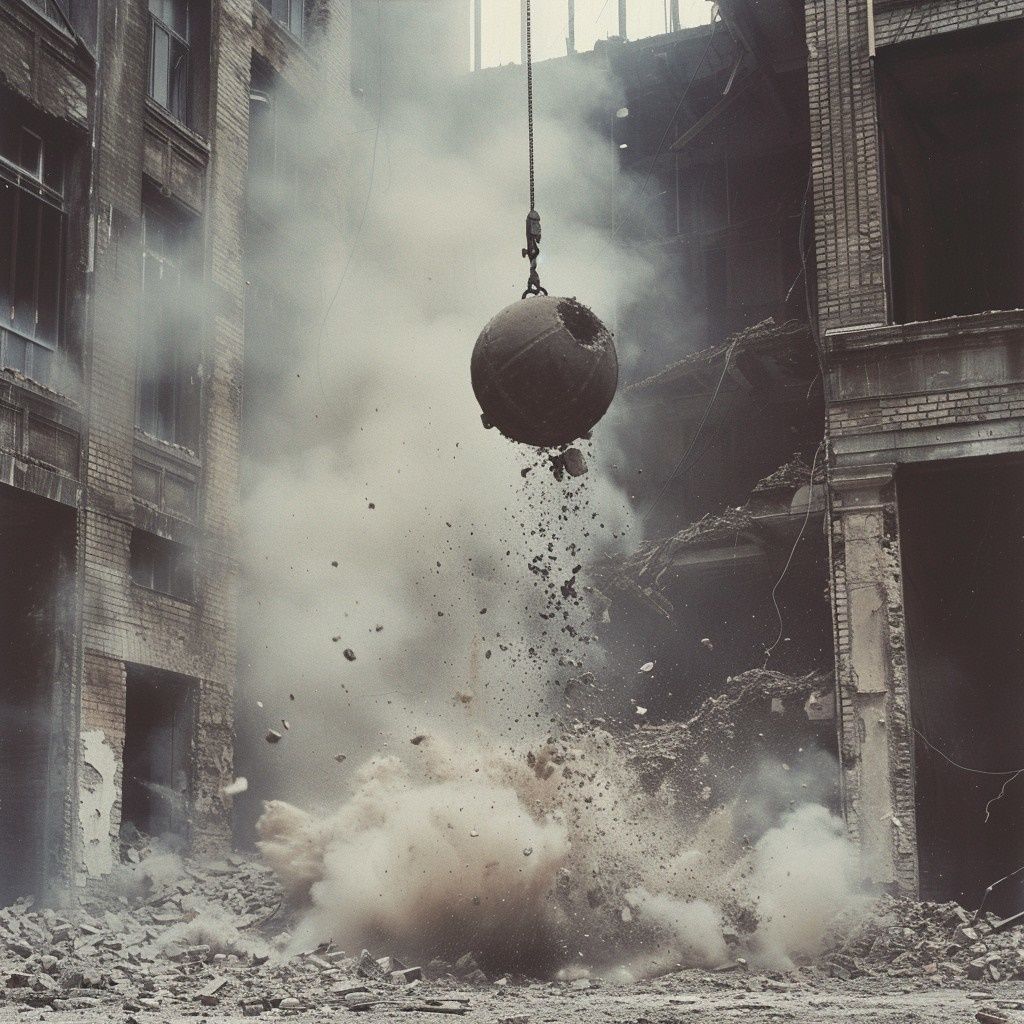
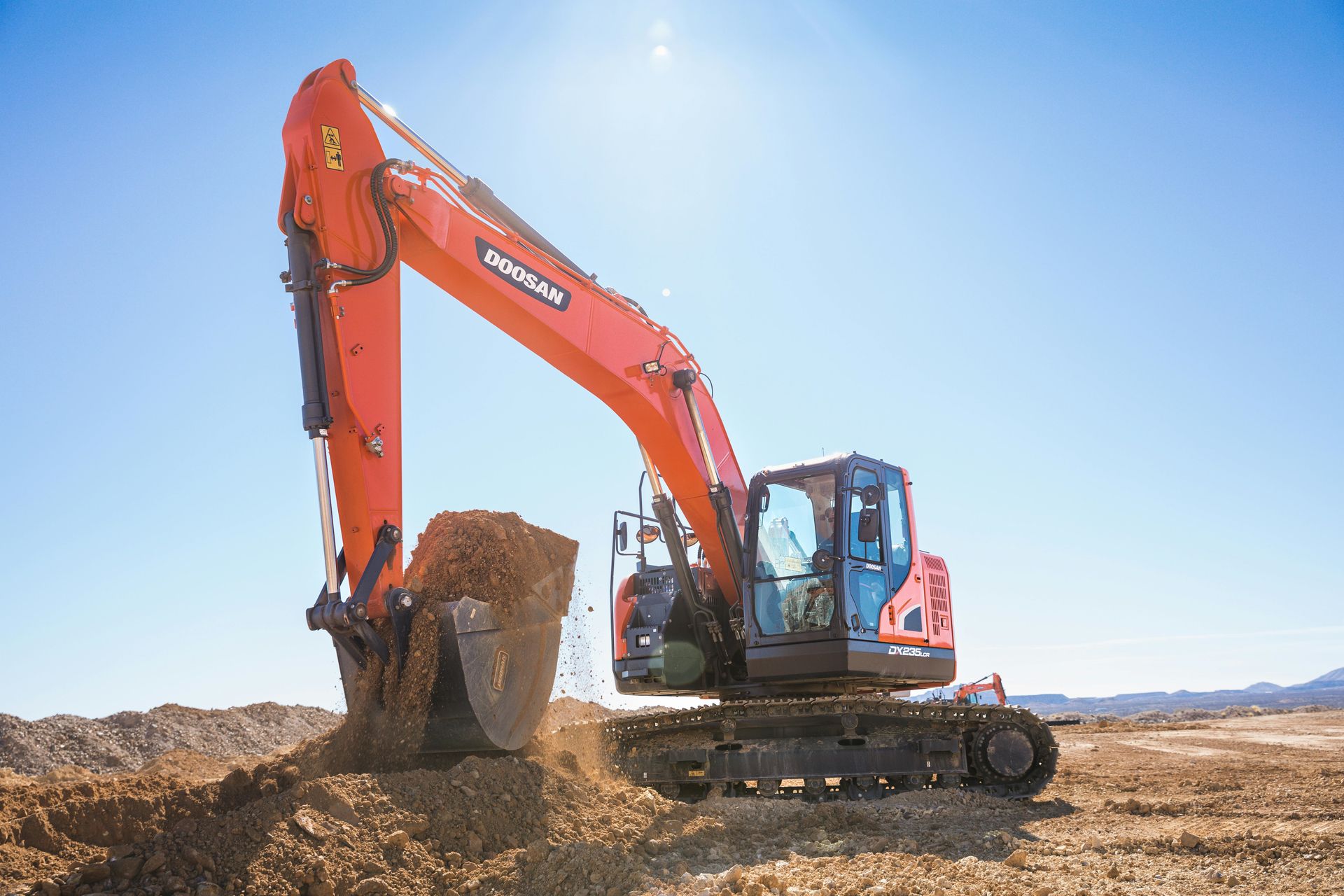
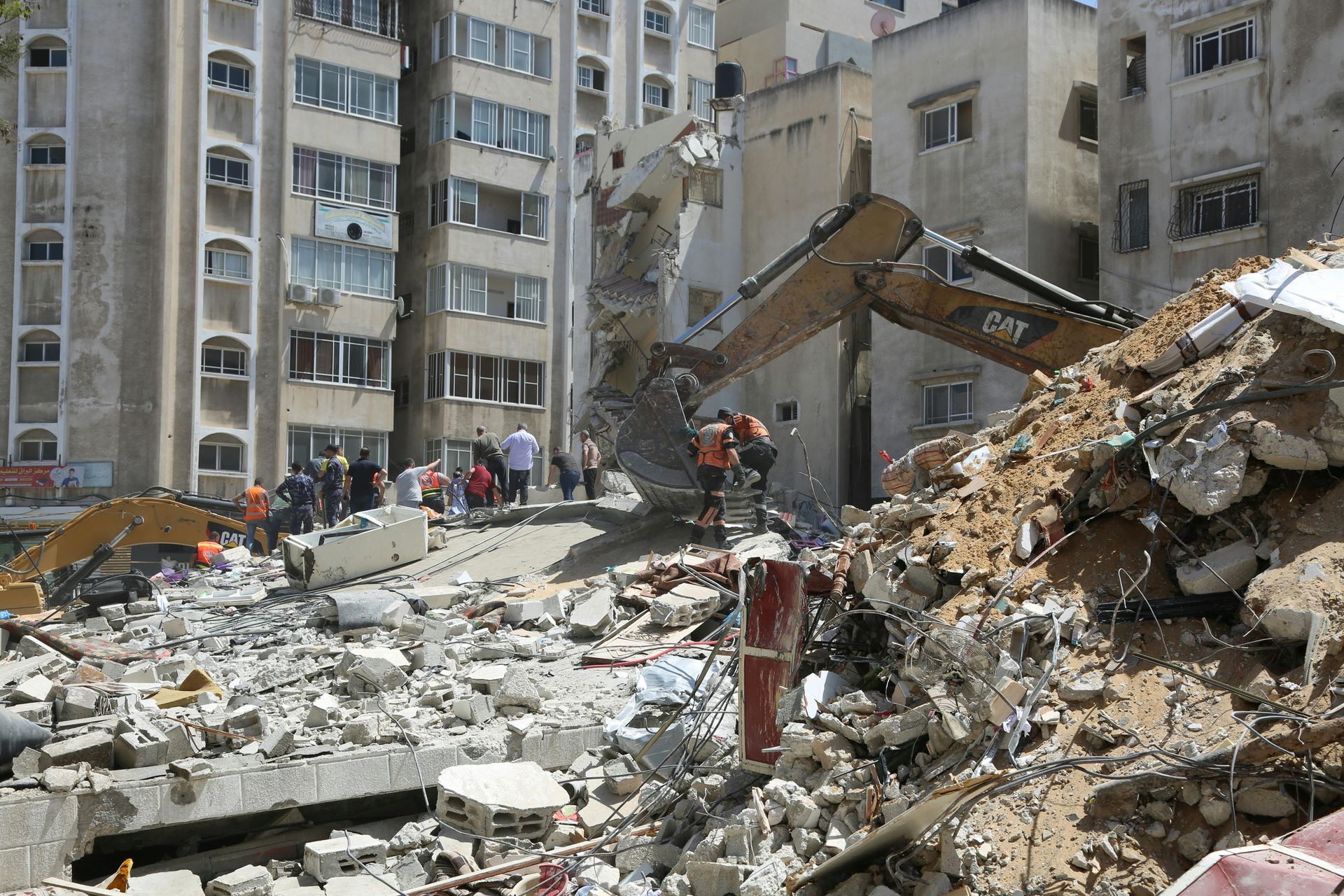
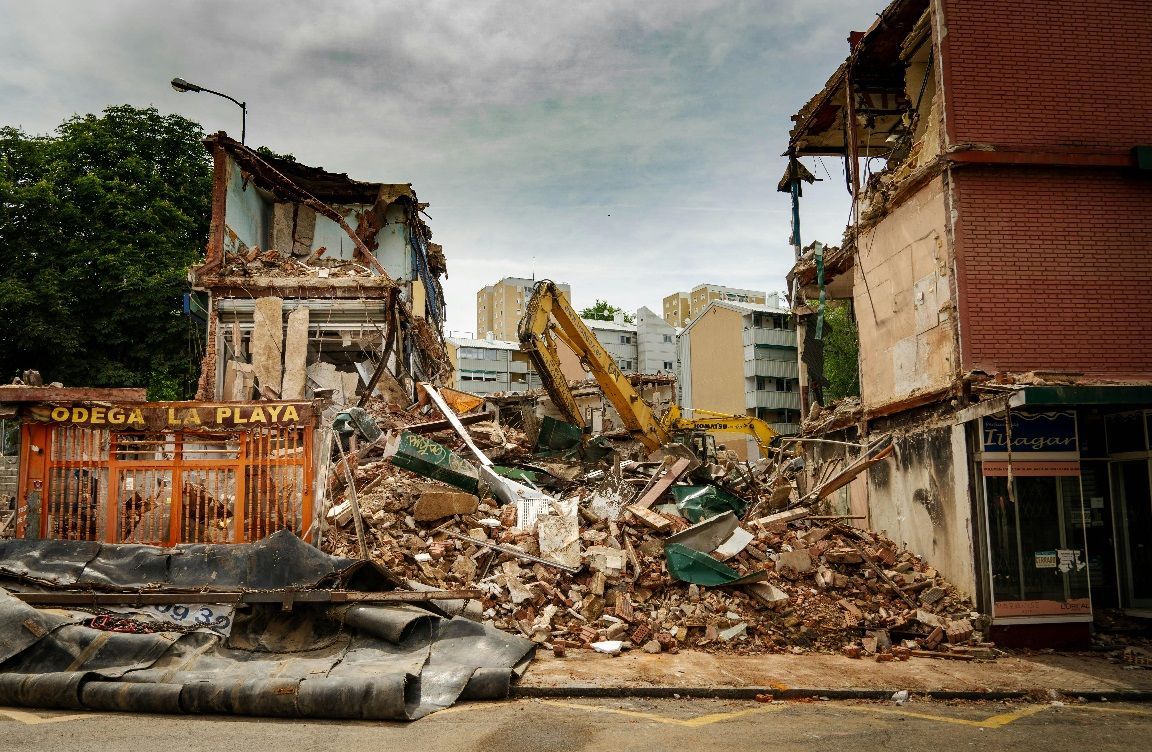
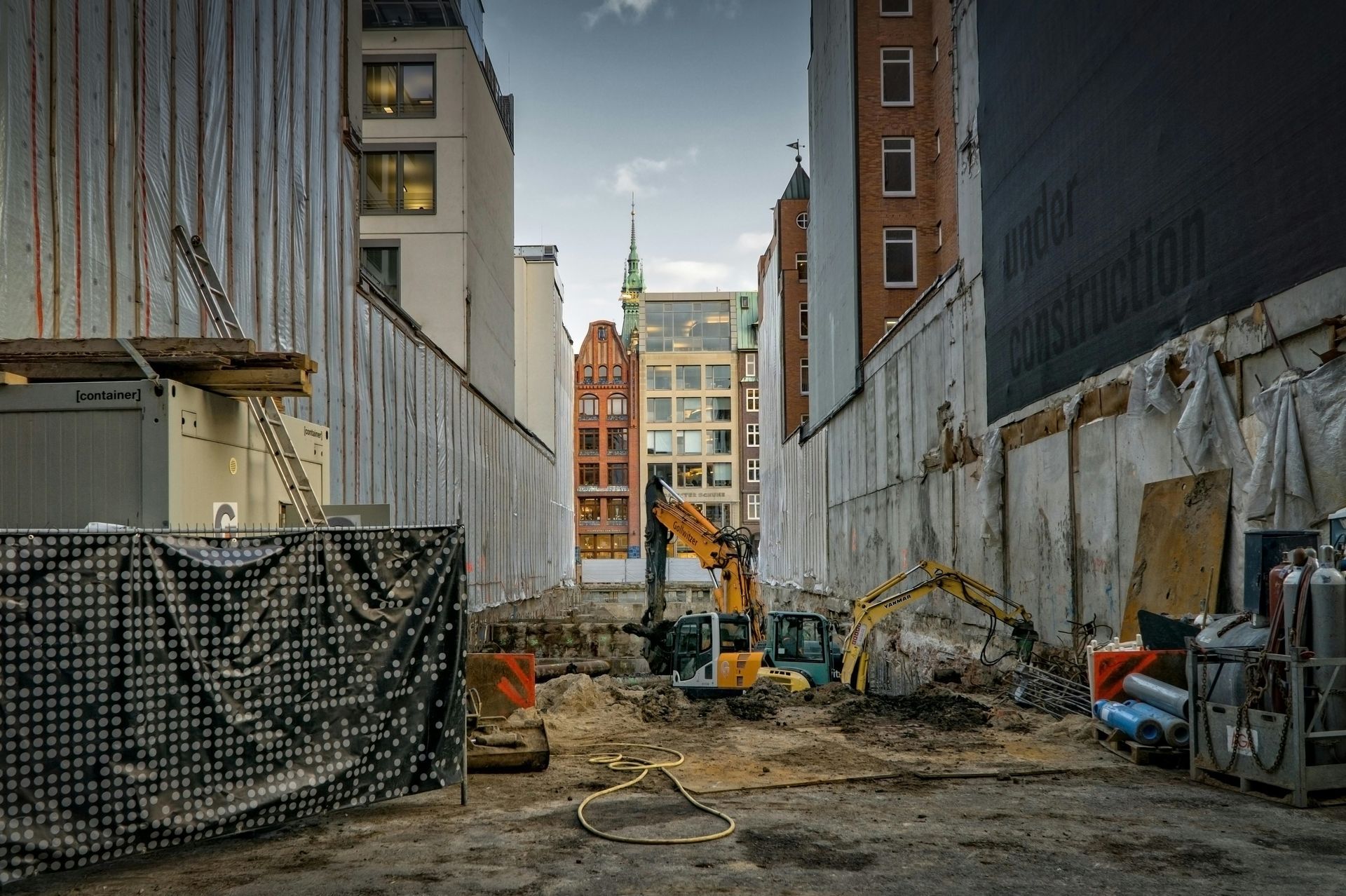
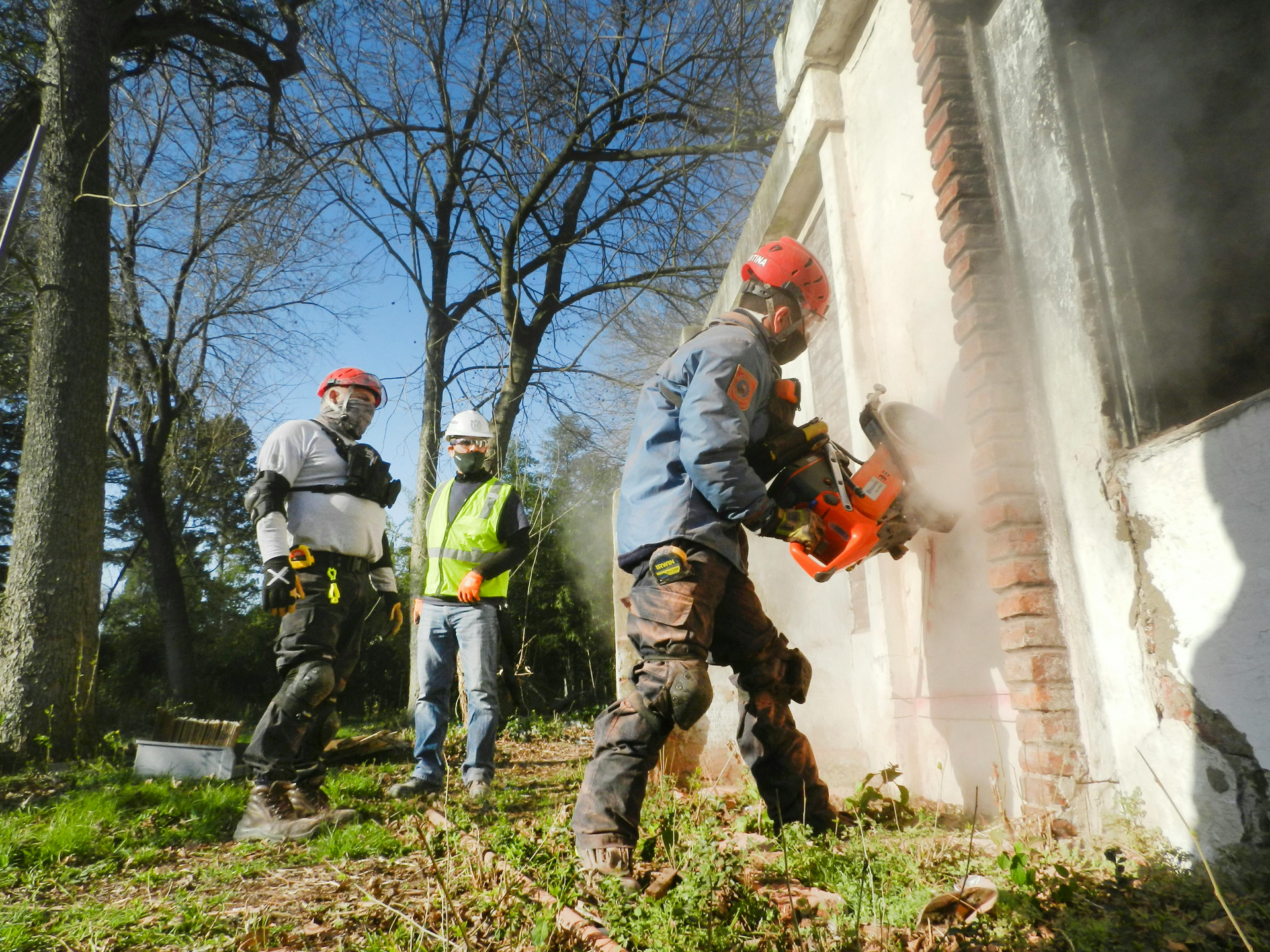




FIRST STEP DEMOLITION PROVIDES COMMERCIAL AND RESIDENTIAL DEMOLITION AND SITE PREP SERVICES TO CUSTOMERS THROUGHOUT ARIZONA.
OUR WEBSITE
OUR COMPANY HAS HIGH SAFETY STANDARDS AND COMPLIES WITH ALL OSHA REQUIREMENTS
Website Designed by: Kickass Websites
